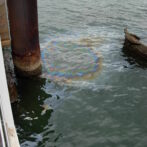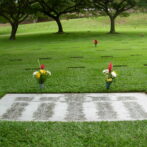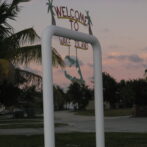Living in Infamy
December 7 carries a big burden. President Roosevelt had it right: this date lives in infamy. For Americans it will always be associated with the horrific Japanese attack on Pearl Harbor in 1941. Every year on this day solemn ceremonies honor the lives lost and the irreversible descent into World War II. The hard-hit Pacific Fleet base at Pearl Harbor carries the banner, although the Japanese also targeted numerous other military installations...
Read More



